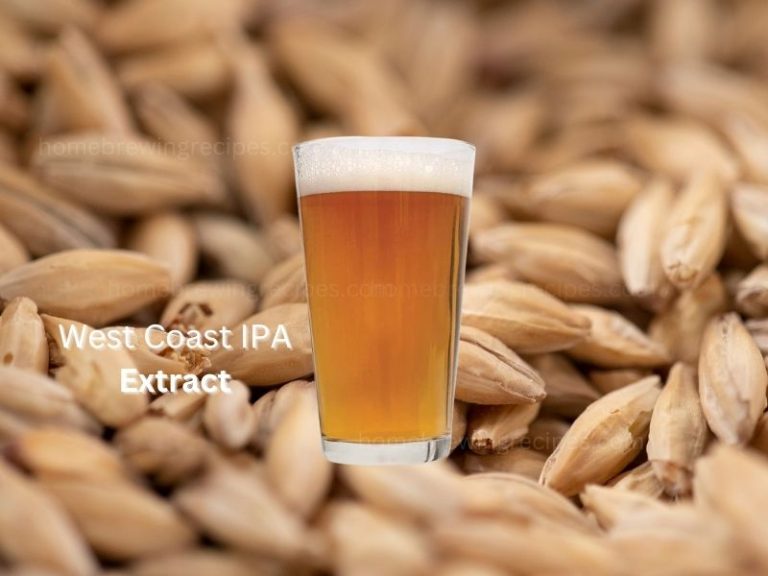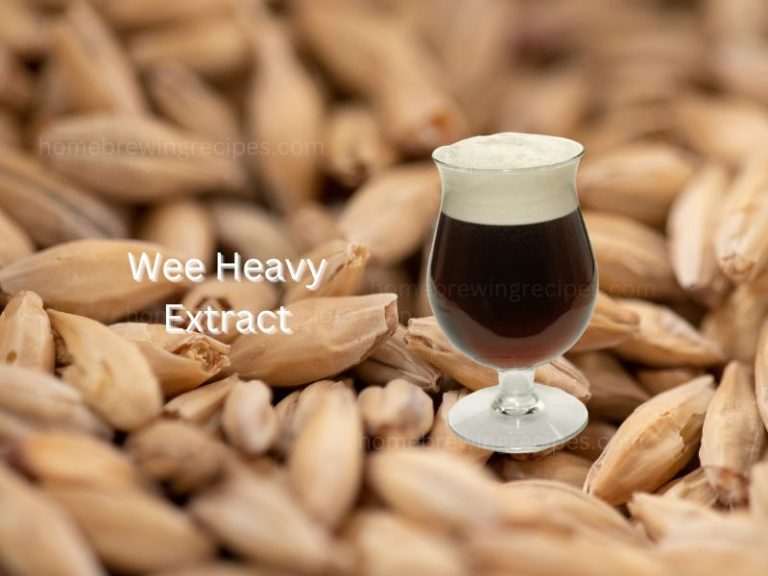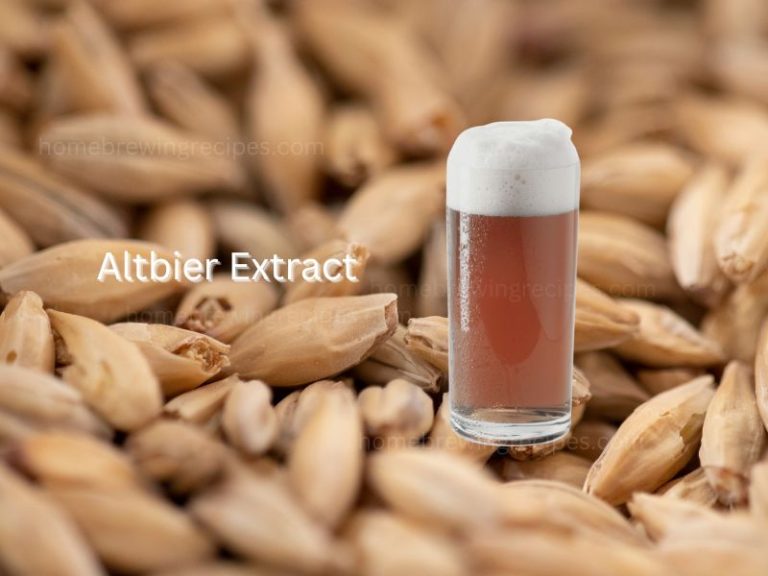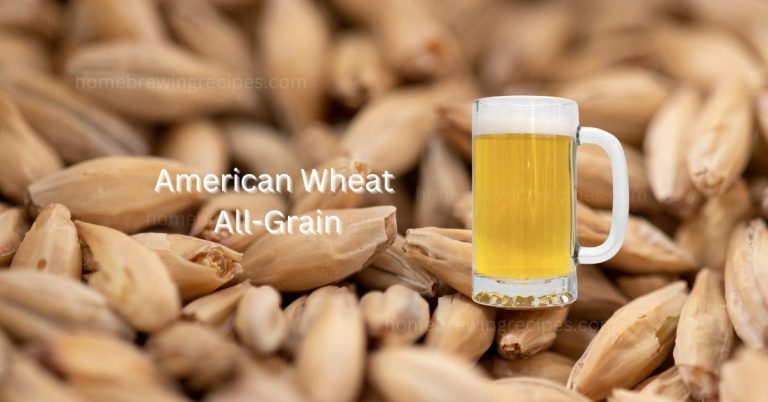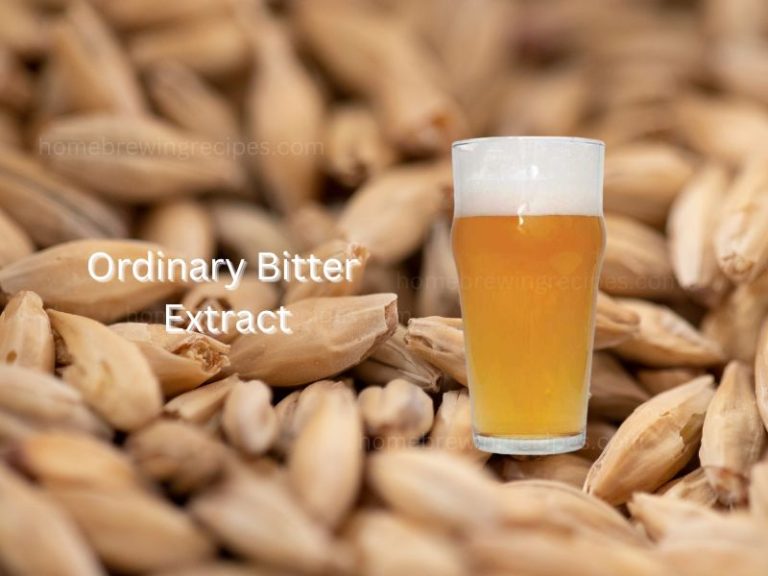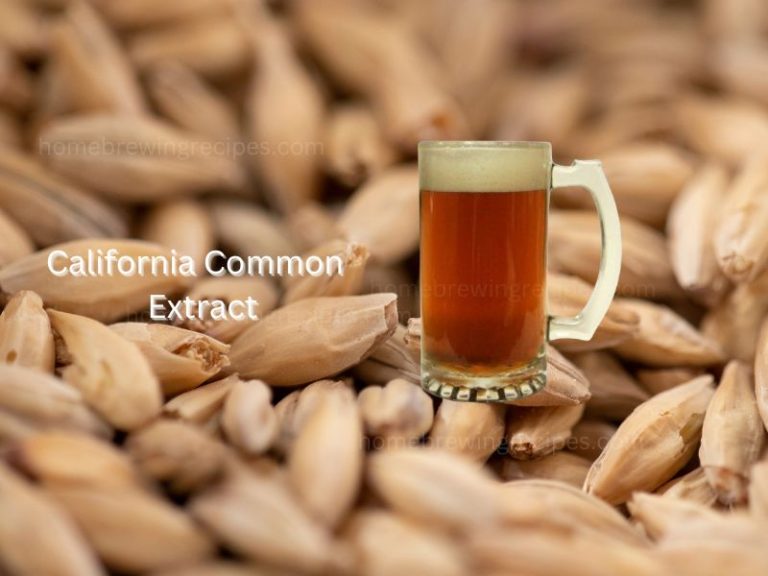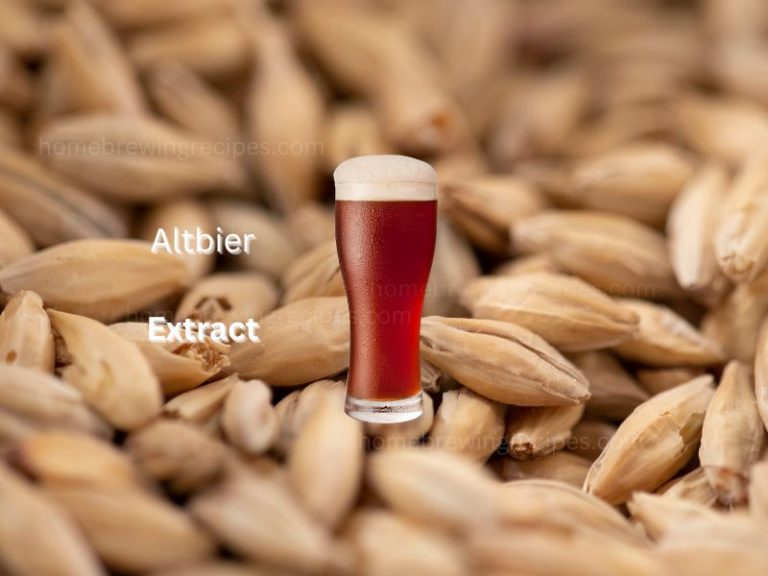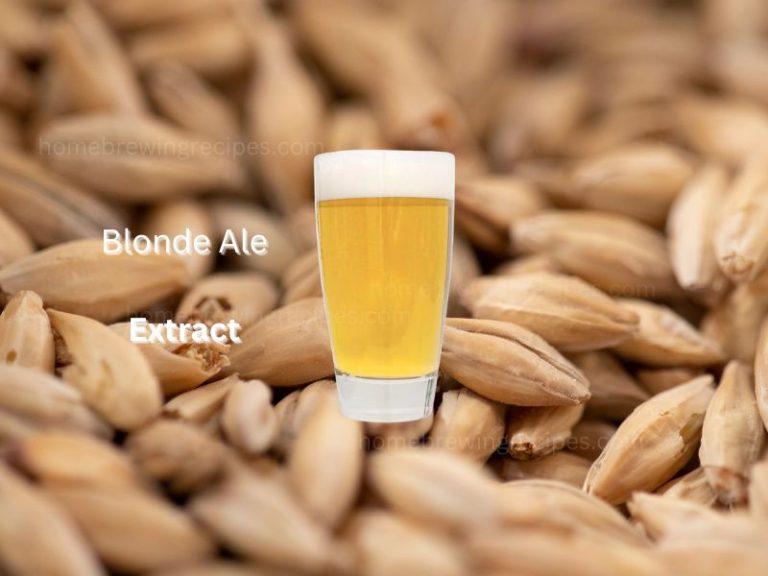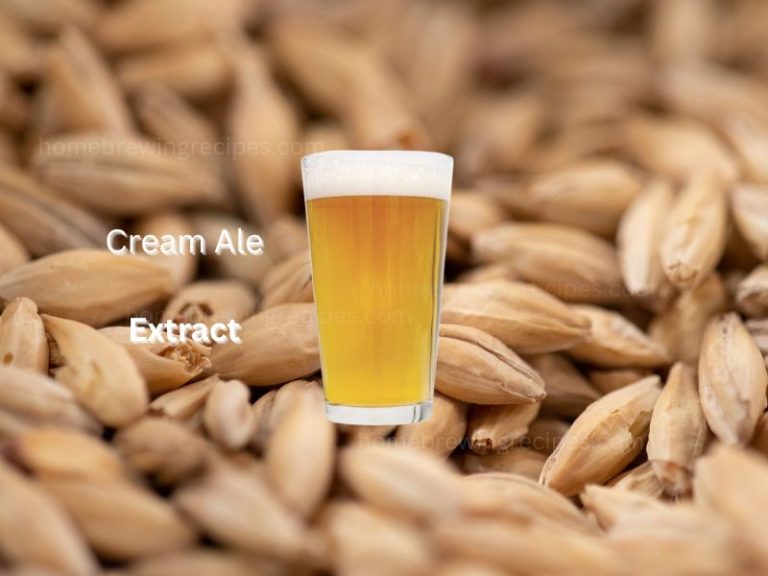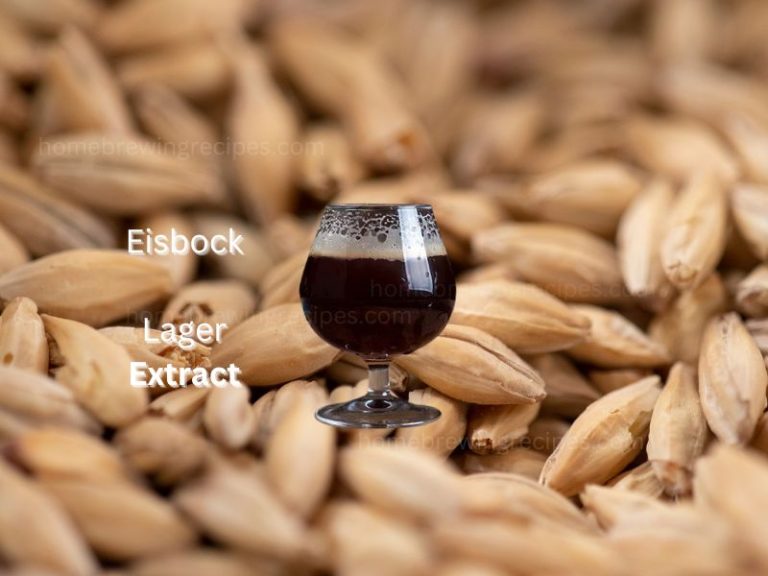Recipe Profile
Strong hop tastes and aromas will dominate the flavor profile of this West Coast IPA recipe, which will also balance malt sweetness and a moderate to a high degree of bitterness. The addition of tropical and fruity tastes and aromas from the Mosaic hops will balance out the citrusy qualities of the Citra hops and the piney and resinous qualities of the Columbus hops. These flavors and aromas include notes of mango, passionfruit, and blueberry. The mild sweetness and golden color of the beer are provided by the recipe’s malt bill, which consists of light dry malt extract, crystal malt, and Munich malt. The beer should have a crisp, dry, and palatable finish.
Ingredients:
- 8 lbs light dry malt extract
- 1 lb crystal malt (60L)
- 1 lb Munich malt
- 1 oz Columbus hops (60 min)
- 1 oz Mosaic hops (15 min)
- 1 oz Citra hops (5 min)
- 1 oz Mosaic hops (0 min)
- 1 packet of American ale yeast
- 5 oz priming sugar (for bottling)
Instructions:
- Heat 3 gallons of water in a large pot. Crush the crystal malt and Munich malt and add them to a muslin bag. Bring the water to about 150 degrees and let the grains steep for 30 minutes.
- Remove the grains in the muslin bag from the pot and add the light dry malt extract. Bring the mixture back to a boil.
- Once the wort is boiling, add the Columbus hops and set a timer for 60 minutes.
- After 45 minutes, add the Mosaic hops.
- At the 50-minute mark, add the Citra hops.
- At the 55-minute mark, add the final addition of Mosaic hops.
- After the 60-minute boil is complete, cool the wort as quickly as possible. A wort chiller is the most efficient way to do this, but you can also place the pot in an ice bath.
- Once the wort has cooled to around 70°F, transfer it to a fermenting vessel and pitch the yeast.
- Seal the fermenting vessel and attach an airlock. Ferment the beer at 68-72°F for 7-10 days.
- After 7-10 days, the beer should be fully fermented. Transfer it to a bottling bucket, add the priming sugar, and gently mix it in.
- Bottle the beer and let it sit at room temperature for another 7-10 days to allow the bottles to carbonate.
- After 7-10 days, the beer should be fully carbonated and ready to drink.
The anticipated IBU range for this West Coast IPA recipe is between 70 and 75. This estimate, which is based on the quantity and time of the recipe’s hop additions, should be regarded as a rough estimate since several brewing-related variables may alter it.
While the Mosaic and Citra hops used at 15 min. and 5 min., respectively, will provide a significant quantity of flavor and fragrance, the Columbus hops added at 60 min. will produce a powerful bitterness. At 0 minutes, Mosaic hops will be added for the last time, providing fragrance with hardly any bitterness.
The SRM for this West Coast IPA brew would be in the range of 6 to 8, giving it a golden hue. It will have a light golden hue since the major coloring agents are the crystal malt and light dry malt extract.
Munich malt, which is also included in the recipe, gives the beer a little darker color and a faint malt flavor.
Using standard formulas and an average brewhouse efficiency of 70%, the projected OG for this recipe would be close to 1.062. Likewise, the predicted FG would be close to 1.011.
It’s important to remember that creating beer is a skill and that the finished product will rely on various elements, including the quality and freshness of the ingredients and the brewing equipment and processes, so the outcome may differ from what is anticipated. However, this formula should serve as an excellent foundation for creating a tasty and bitter West Coast IPA.
Stone IPA is an iconic commercial example of a West Coast IPA.
